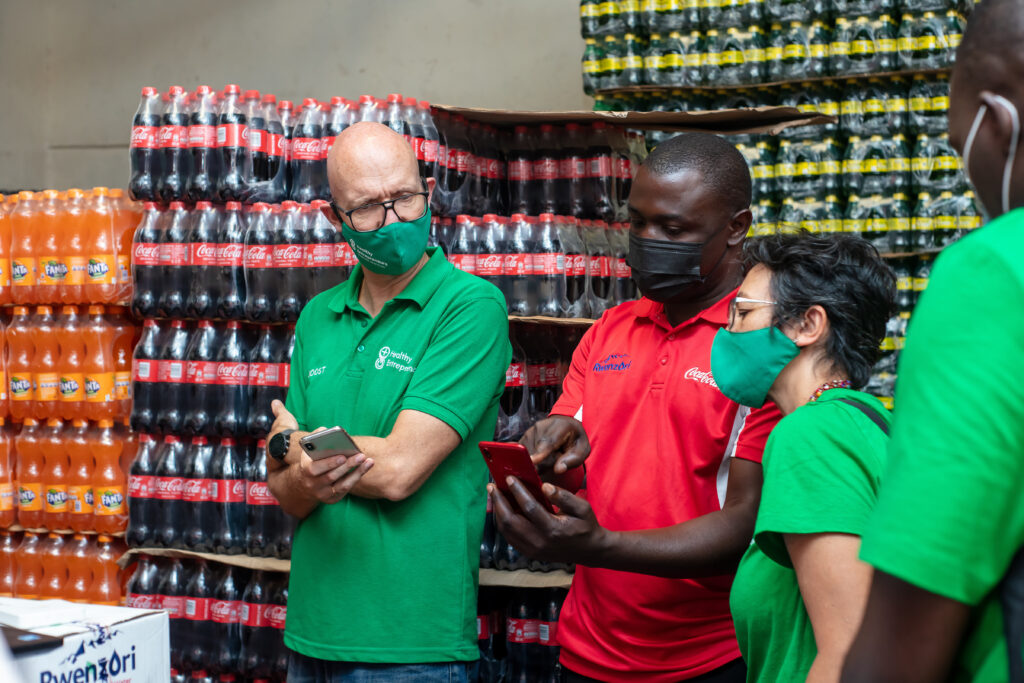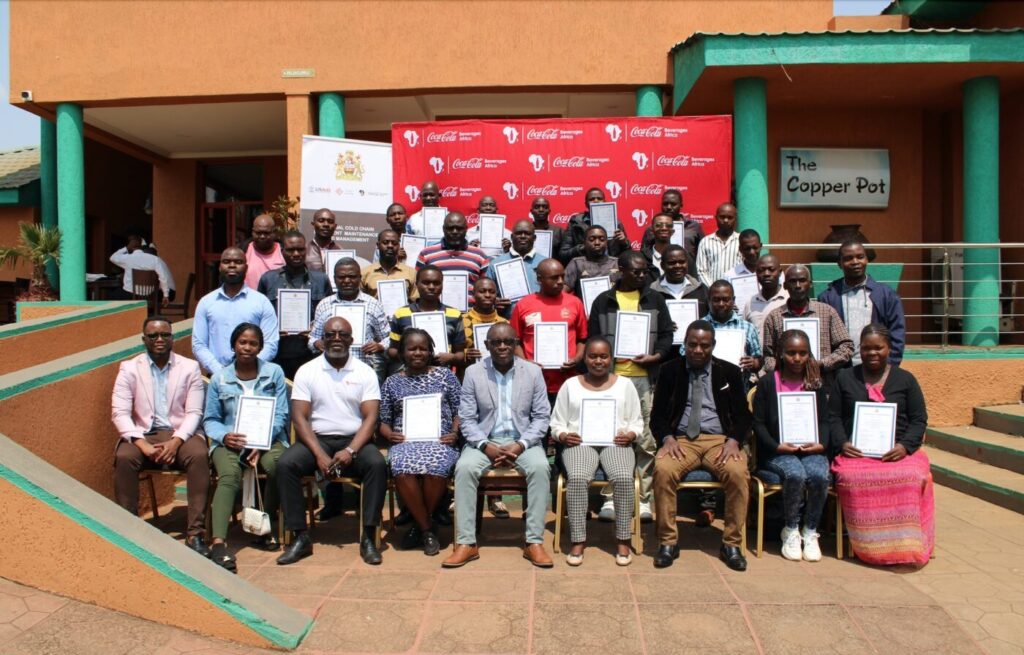In early 2022, as the vaccination rate in South Africa plateaued, there was a strong need for COVID-19 communications to evolve from mass information and education campaigns to more targeted approaches to motivate uptake among population segments facing convenience, complacency, and confidence barriers.
Project Last Mile, in support of USAID and National Department of Health (NDoH) efforts to promote COVID-19 vaccines in South Africa, partnered with market research and consulting firm Ipsos to conduct a nationally representative study to assess the likelihood of different behavioral nudges to motivate adoption of COVID-19 vaccines, across different segments. The specific objectives of the study were to:
- Understand different population segments’ propensity to, and likelihood of, getting the COVID-19 vaccine.
- Understand what the drivers and challenges around getting the COVID-19 vaccine were for each of these segments.
- Test the likelihood of adoption from a range of different behavioral nudges.
The study was completed in May 2022, and the results supported USAID, NDoH, and partner efforts to evolve more targeted demand generation activities for the uptake of COVID-19 vaccines, especially amongst population segments with low vaccine uptake.
The research methodology, findings, and application of results were published in the Journal of Health Communication, a peer-reviewed journal with global reach. The article illustrates Project Last Mile’s unique approach to segmenting the audiences surveyed as well as how the nudges were categorized.
The audiences were segmented using a consumer segmentation framework designed by Johnson & Johnson, which looked at (i) the likelihood of different segments taking the COVID-19 vaccine; (ii) the speed of uptake; (iii) the perceived ease of the vaccination process; (iv) the perceived seriousness of the COVID-19 disease; and (v) belief in the effectiveness of the vaccine.
The six nudges tested were categorized in the areas of informing/educating; enabling; incentivizing; and mandating) and ranged from vaccine reservations to time/financial compensation and vaccine passports.
The study demonstrated that a significant proportion of the unvaccinated population is willing to get vaccinated, given the right conditions. Making it easy and convenient to get vaccinated – which included the ability to take time off from work, the provision of a reservation, and free transportation – were the most influential factors in encouraging vaccination for the largest number of people.
See the infographic below for more details on the results, and click here to read the article published in the Journal of Health Communication.
 Loading…
Loading…
Project Last Mile and Ipsos conducted an evaluation in 2022, closely partnering with the National Department of Health and the United States Agency for International Development (USAID), forming the basis of this article and work. The contents of that evaluation and any connected reports or articles are the responsibility of Project Last Mile and Ipsos and do not necessarily reflect the views of USAID or the United States Government.



